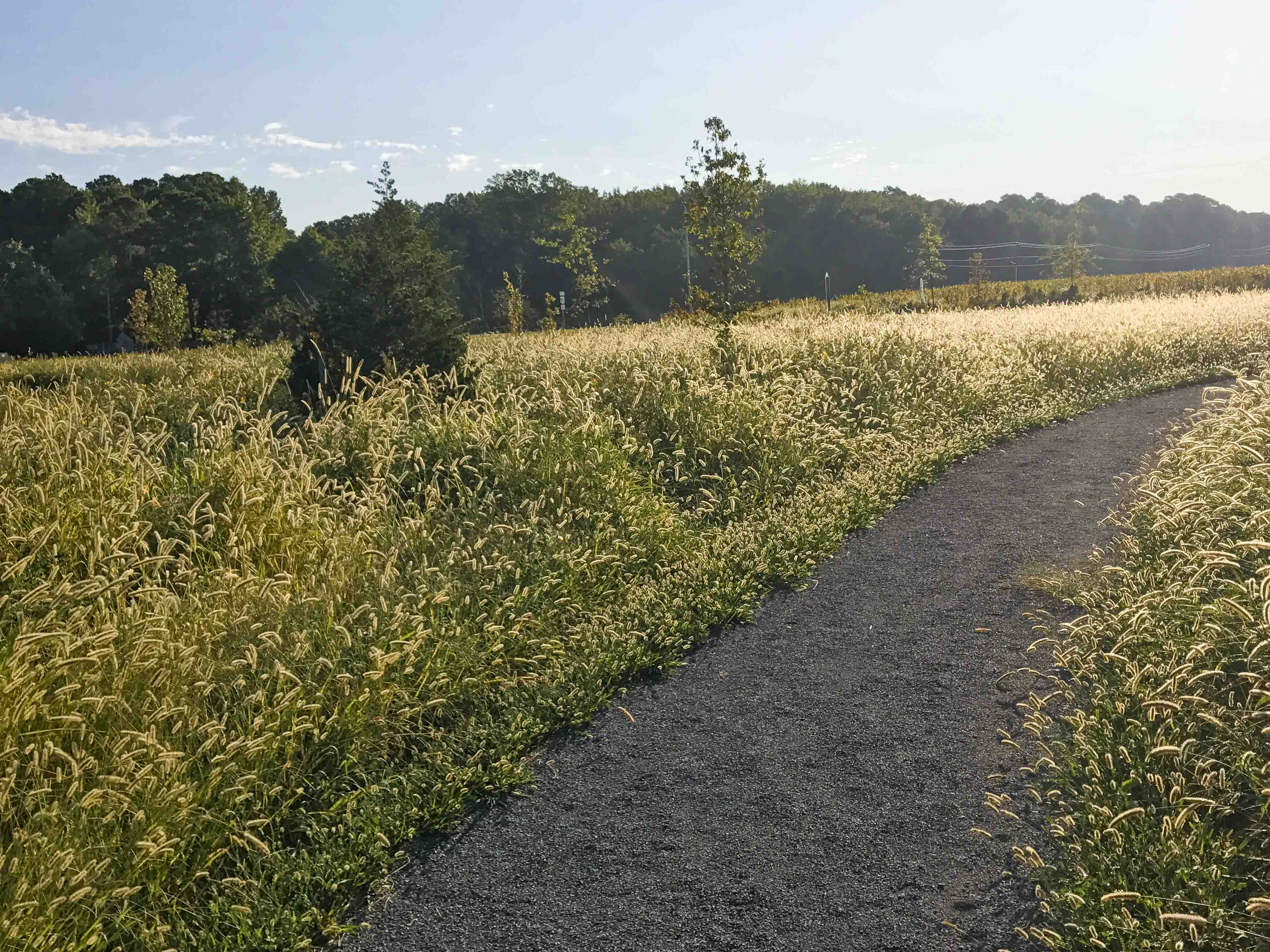
The subject of a 2019 Hollywood film and new statue in the Maryland Capitol, Harriet Tubman began her life and incredible story on the Eastern Shore of Maryland. She was born into slavery and later escaped and helped others gain their freedom as a “conductor” of the Underground Railroad. Tubman also served as a scout, spy, guerrilla soldier, and nurse for the Union Army during the Civil War; she is considered the first African-American woman to serve in the military. Her life and legacy are influenced deeply by the landscape and communities in which she was raised, enslaved, and worked. In 2013, 100 years after Tubman’s death, the State of Maryland and the National Park Service broke ground for a new protected area within the Blackwater National Wildlife Refuge. This 17-acre state-owned site lay entirely within the refuge’s boundaries on Maryland Route 335. The state designated the land and honored Tubman’s legacy with the Harriet Tubman Underground Railroad State Park. On the same date, the State of Maryland unveiled the 125-mile Harriet Tubman Underground Railroad Scenic Byway, a route along an existing system of county, state, and federal roads which mirrored the route Tubman took while rescuing slaves.
The Harriet Tubman Underground Railroad State Park and Visitor Center invites visitors to experience Tubman’s world through exhibits that are informative and emotive, providing an in-depth understanding of Tubman’s early years spent in Maryland’s Choptank River region and her legacy as a leader in the resistance movement of the Underground Railroad. The park, which sits on the trailhead for the 125‐mile Byway, interprets how the landscape of the Choptank River region shaped her early years and the importance of her faith, family and community.
“The core of the Tubman interpretive experience is rooted in the physical geography and topography of the fields, forests, paths, and waterways of the Eastern Shore of Maryland. These landscapes are physical and material, on the one hand, and intangible and nonphysical on the other…. Rooting visitors in these places, such as her birth site at the Thompson plantation at Harrisville, the fields and woods of the Brodess farm and Bucktown, the forests, fields, wharves and creeks of Madison, the rivers and streams of Blackwater and the Choptank River estuary, and the Underground Railroad routes through Caroline County, can help visitors visualize the breadth and scope of the physical and social landscapes of Tubman’s life.” (Larson, 2014)
Mahan Rykiel was part of the team that was engaged to design a visitor center set within the Blackwater landscape. We worked closely with GWWO Architects to develop the site design which is influenced by the story of Harriet Tubman’s journey to freedom. Organized to suggest this journey and her return trips, the progression through the site and building exhibits are oriented south to north. A series of interpretive stations (“Living with the Land”, “Concealment”) describe her struggle through elements of the landscape and illustrate how the natural landscape was inextricably linked to her extraordinary endeavor. Joined by a shared entry plaza and terrace, the two structures of the complex, one exhibit and one administrative, frame a view north, expressing the importance of traveling northward to escape slavery. The space between the buildings widens as visitors venture north—a metaphor for freedom. The Harriet Tubman Underground Railroad Visitor Center also features a legacy garden, walking paths through the local landscape, and an outdoor pavilion. The legacy garden contains three distinctive areas: closely mowed lawns, meadows of knee-high grass, and woodland consisting of waist-high grass, shrubs, and trees. The garden mimics the kind of concealment (or lack of it) which Tubman and her escapees faced. Visitors are offered a direct route north, that then weaves through the site via various loops and returns, paralleling Tubman’s numerous returns to the region. Views along the pathway change from wooded areas to fields and marshes, all of which were part of the daily life of the free and enslaved at the time. The 15,000 square-foot LEED Silver Certified visitor center includes many sustainable design elements including: a green roof, rainwater capture for watering gardens, bio-retention ponds, and geothermal energy. This visitor center serves as a central hub for understanding Tubman’s life, legacy, and experience on Maryland’s Eastern Shore.
Scott Rykiel, along with Dana Paterra, Park Manager and other members of the design team, will be speaking on the importance of integrated design on March 5 at Building Museums Symposium 2020 in Chicago.
Citations
Kate Clifford Larson, Ph.D. January 15, 2014. HATU National Monument Scholars Roundtable White Paper Response.
https://www.gwwoinc.com/projects/harriet-tubman-underground-railroad-visitor-center
https://mahanrykiel.com/portfolio/harriet-tubman-state-park-visitor-center/